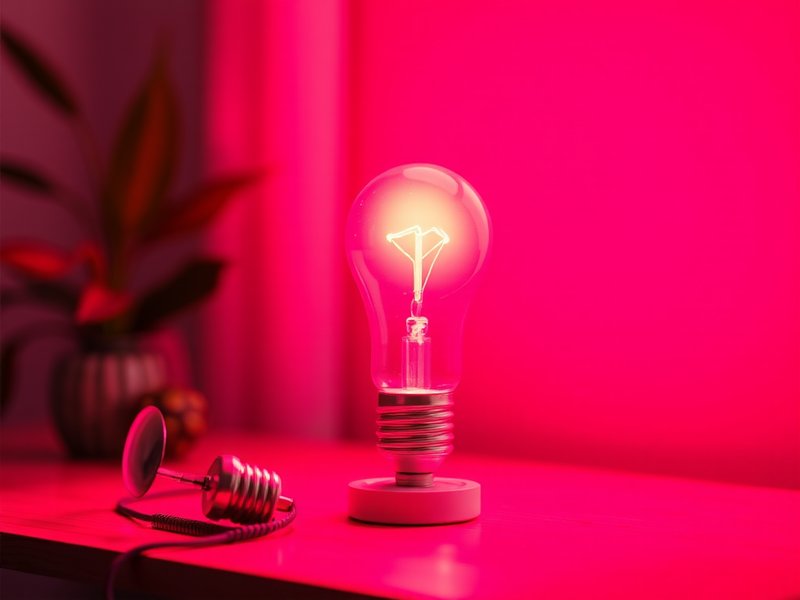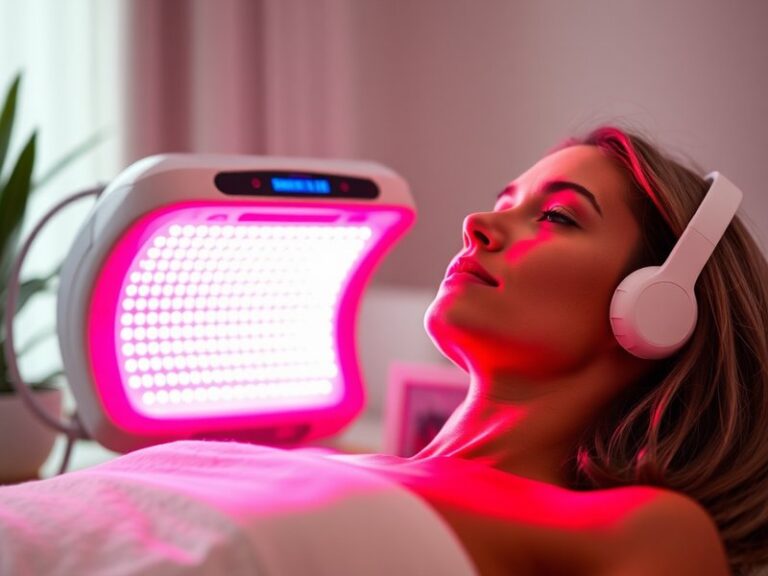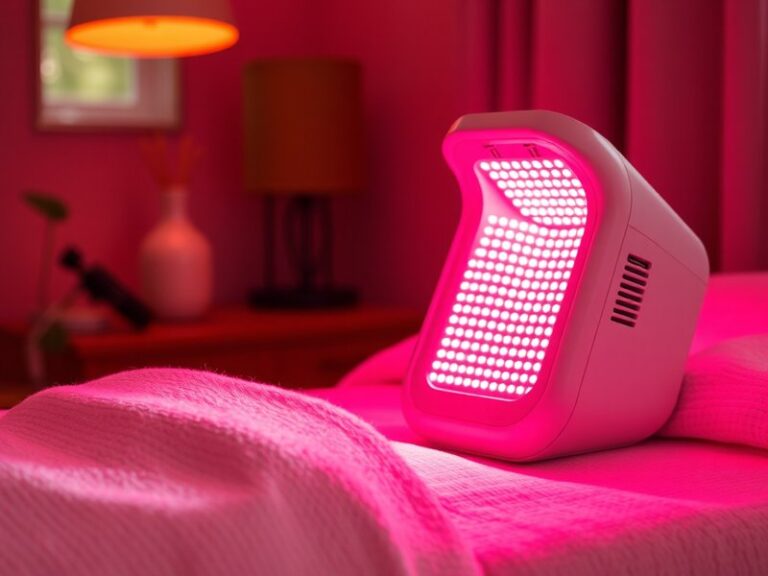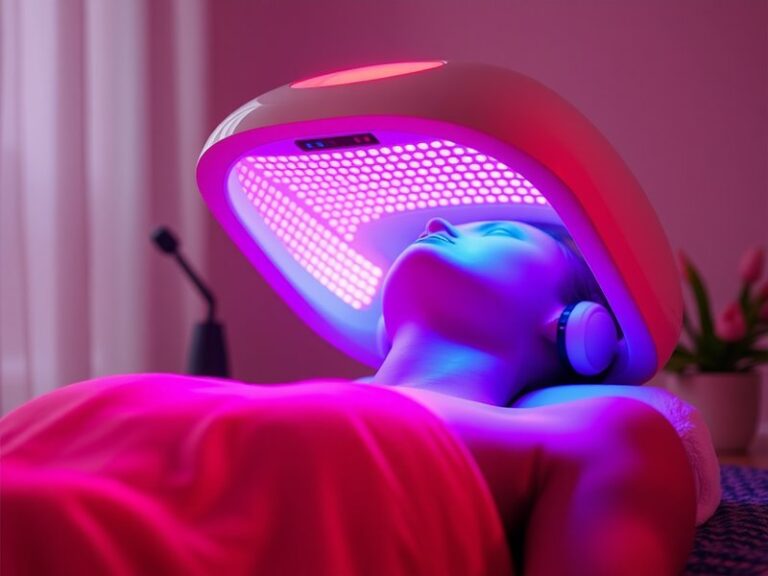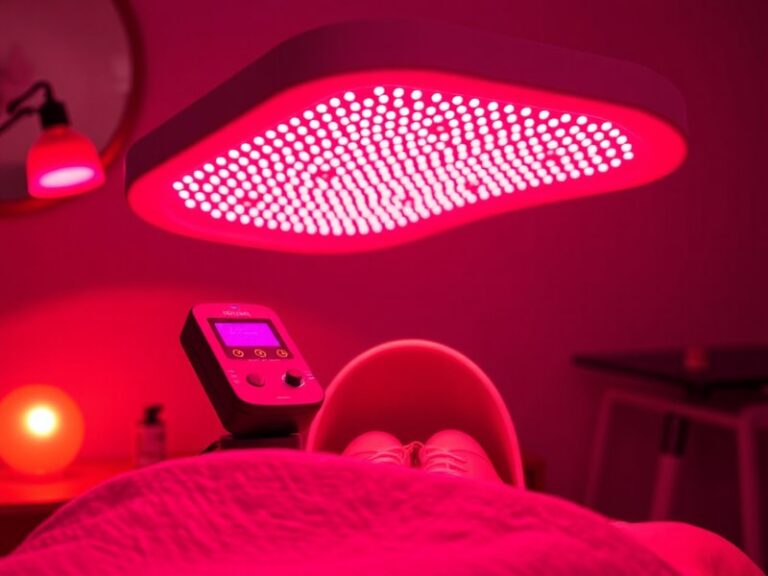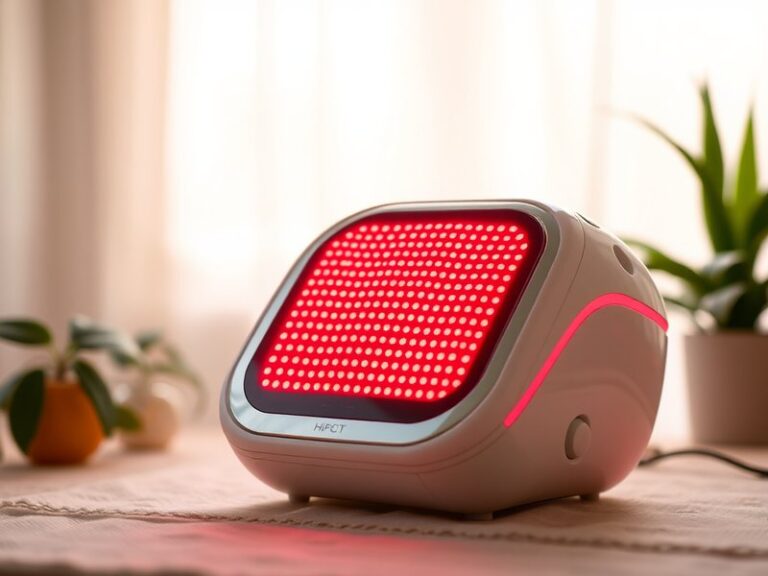Is Red Light Therapy Just A Red Light Bulb?
Is Red Light Therapy Just A Red Light Bulb?
Is red light therapy merely the use of a red light bulb, or does it involve more complex technology and principles?
This article will explore the nature of red light therapy, dissect its benefits, and clarify what sets it apart from simply using a regular red light bulb. By the end, you’ll have a comprehensive understanding of this innovative treatment and how it can be utilized effectively.
Key Takeaways
- Red light therapy utilizes specific wavelengths of light to promote healing and rejuvenation beyond what a standard red light bulb offers.
- The therapy can lead to numerous benefits, including reduced inflammation, improved skin health, and accelerated muscle recovery.
- While red light therapy is generally safe, there are important considerations and alternatives to be aware of before starting treatment.
What is Red Light Therapy?
Red light therapy (RLT) refers to the practice of using low-level wavelengths of red or near-infrared light to treat various health issues, enhance skin appearance, and promote overall well-being. This therapy harnesses wavelengths typically between 600 to 1,100 nanometers, which penetrate the skin more deeply than standard lighting.
This treatment is grounded in photobiomodulation, a process whereby light energy stimulates biological processes. While regular red light bulbs emit some light in this spectrum, red light therapy devices are specifically engineered to deliver concentrated doses of therapeutic light with controlled intensity and duration.
Red light therapy has gained popularity for its versatility in addressing issues such as:
- Skin rejuvenation and wound healing
- Pain and inflammation relief
- Muscle recovery and performance enhancement
What are the Benefits of Red Light Therapy?
Red light therapy boasts several advantages that make it an attractive option for health and wellness seekers. The following sections will delve into these benefits in detail.
Learn everything about Can You Overuse Red Light Therapy?
Enhanced Skin Health
Red light therapy is known for its ability to improve skin tone and texture. Clinical studies have shown that it can reduce wrinkles, pore size, and blemishes, making it a sought-after treatment for anti-aging and skin rejuvenation. For instance, some individuals report visible skin improvements after just a few sessions.
Reduction of Inflammation
Research has indicated that red light therapy can significantly decrease inflammation, which is beneficial for conditions like arthritis, tendinitis, and muscle strain. By promoting cellular repair processes, it helps in faster recovery from injuries and reduces pain levels associated with inflammation.
Accelerated Muscle Recovery
Athletes and fitness enthusiasts often turn to red light therapy to enhance their recovery post-exercise. Studies suggest that exposure to red light can improve muscle performance, reduce soreness, and expedite healing times.
Additional Benefits
- Improved mood and sleep quality through enhanced mitochondrial function and cellular energy production.
- Support for hair growth in individuals struggling with certain types of hair loss.
- Potential cognitive benefits, including improved focus and reduced symptoms of depression.
Is it Possible to Use a Standard Red Light Bulb for Therapy?
While it might be tempting to think that using a standard red light bulb could replicate the benefits of red light therapy, the effectiveness and safety of such an approach are limited.
What are the Advantages of Using a Standard Red Light Bulb?
Using a standard red light bulb is simple and cost-effective for basic light exposure.
What are the Disadvantages of Using a Standard Red Light Bulb?
However, there are numerous disadvantages to consider:
- Limited spectrum: Standard bulbs do not deliver the specific wavelengths required for effective therapy.
- Lack of intensity control: RLT devices are calibrated to provide precise energy levels, while regular bulbs lack this precision.
- Ineffectiveness: Users may not experience any real therapeutic benefits, leading to frustration and wasted effort.
What are the Things to Consider Before Using Red Light Therapy?
Before starting red light therapy, it’s vital to consider several factors to ensure the treatment aligns with your needs.
Consulting a Healthcare Professional
Consultation with a healthcare provider or dermatologist can lead to personalized advice, especially for individuals with existing medical conditions or skin concerns.
Device Quality and Specifications
Not all red light therapy devices are created equal. Look for FDA-cleared devices that specify wavelength outputs and power density, as these factors significantly influence effectiveness.
Treatment Duration and Frequency
Finding the right balance between treatment duration and frequency is essential. Too little exposure may yield no results, while excessive use may lead to discomfort or adverse effects.
What are the Alternatives to Red Light Therapy?
For those seeking different approaches to address similar health and skin concerns, here are some alternatives:
LED Light Therapy
This therapy uses different colored light wavelengths, including blue and green, to target various skin issues like acne and pigmentation.
Cold Laser Therapy
Often used in clinical settings, cold laser therapy can provide similar benefits as red light therapy but focuses on deeper tissue repair.
Get the full context in Red Light Therapy Safety
Microdermabrasion and Chemical Peels
These skin treatments focus on exfoliating and removing dead skin layers to improve skin appearance and address specific concerns.
Conclusion: Is it Recommended to Use Red Light Therapy?
In summary, red light therapy is not merely about using a simple red light bulb; it involves specially designed devices that deliver targeted wavelengths for therapeutic purposes. With its clear benefits to skin health, inflammation reduction, and muscle recovery, red light therapy presents an innovative approach to wellness.
However, considering the device quality, consultation with a professional, and exploring alternatives are essential steps before committing to treatment.
Frequently Asked Questions
Is red light therapy safe?
Yes, red light therapy is generally considered safe, with few reported side effects. However, it is advisable to follow device instructions and consult a healthcare professional if you have concerns.
How often should I use red light therapy?
The use frequency can vary by individual and device. Many professionals recommend starting with 3-5 sessions per week and adjusting based on personal progress and response.
Can I use red light therapy for pain relief?
Yes, many users report significant pain relief from conditions like arthritis and muscle strains through consistent red light therapy treatments.
What is the cost of red light therapy devices?
The cost of devices can range widely, from affordable handheld units to more advanced, professional-grade equipment. It’s essential to choose one that meets your therapeutic needs.
